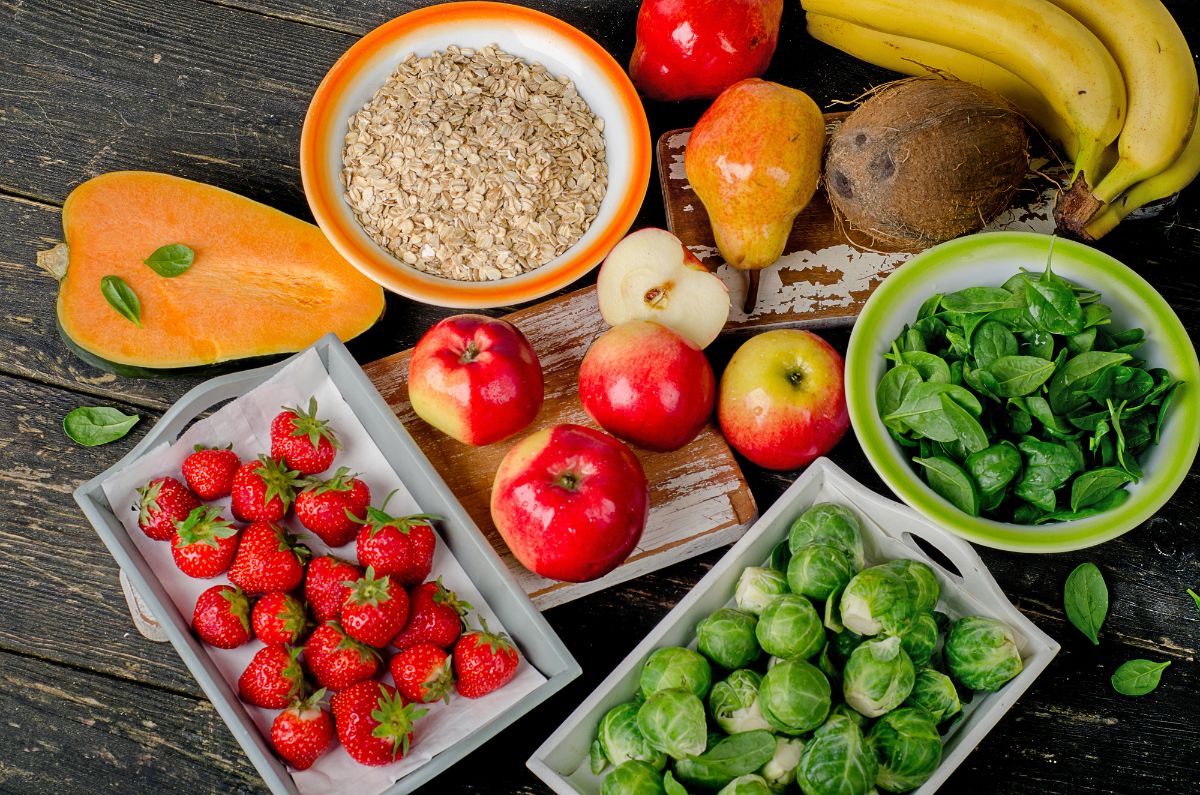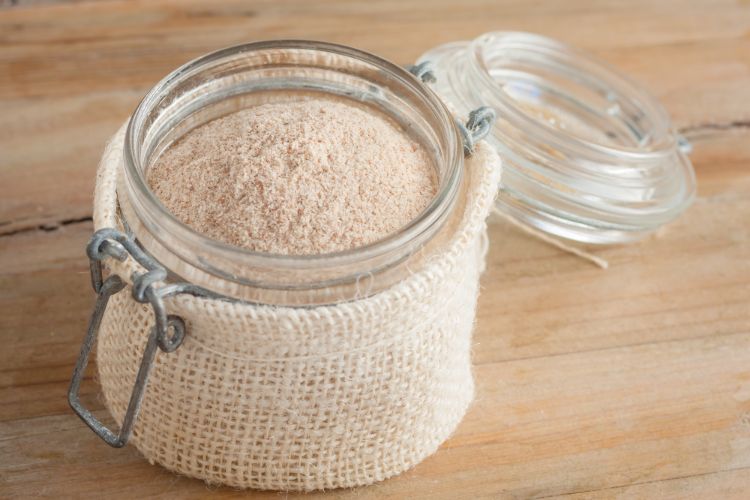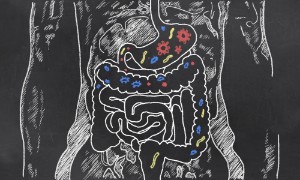The daily rate of fiber per day for a person – Table
Fiber is coarse dietary fiber, which is necessary to maintain the number of beneficial microorganisms in the lumen of the digestive tube, which is the basis for the health of not only the gastrointestinal tract, but also the entire body as a whole.
According to the scientific community, there is a low level of fiber consumption among the world's population, which is associated with a high incidence of diseases from the cardiovascular and endocrine systems.
Content
Daily allowance (Table)
According to US Dietary Guidelines , the normal level of dietary fiber intake is considered to be 34 g per day for men and 28 g per day for women.
The required amount of fiber also directly depends on age. The data is shown in the table below.
| Age | Daily fiber intake (in grams) |
| from 1 to 3 years old | about 14 |
| from 4 to 8 years old | 16,8-19,6 |
| from 9 to 13 years old | 22,4-25,2 |
| from 14 to 18 years old | 25,2-30,8 |
Recall that in the last article we reviewed 7 beneficial properties of fiber , scientifically confirmed.
Sample menu for the day

When making up a diet, it is necessary to take into account the amount of dietary fiber in products .
Below is one of the options for a diet menu that fully satisfies the human body's need for fiber and other nutrients, and can also be used for weight loss.
| Eating | The name of the dish and its volume | Average dietary fiber content per serving (in grams) |
| Breakfast | Oat flakes – 100 g. | 5 |
| Milk – 200 ml | &8212; | |
| Medium-sized banana | 2,6 | |
| Second breakfast (light) | A medium-sized apple | 4,4 |
| Lunch | Baked beans (any) – 200 g. | 6,8 |
| Broccoli – 300 g. | 7,7 | |
| Afternoon Snack | Potatoes, baked with peel, medium size | 3,8 |
| Spinach salad seasoned with olive oil – 200 g. | 1,4 | |
| Salmon – 85 g. | ||
| Dinner | Low–fat yogurt - 200 ml | |
| Sliced strawberries – 200 g. | 3,3 | |
| Almonds – 13 g. | 1,7 | |
| Total fiber content in the daily diet | 36,7 | |
The menu shown above can be modified. A number of common foods that can also be included in the diet are described below.
| Name | The content of dietary fiber per 100 g of product |
| Wheat bran | 44 grams |
| Chia Seeds | 33 grams |
| Dried apricots | 18 grams |
| Oat bran | 15 grams |
| Beans (in the form of grain) | 12 grams |
| Oats (in the form of grain) | 12 grams |
| Buckwheat | 11 grams |
| Peas | 11 grams |
| Raisins | 10 grams |
| Fig | 10 grams |
| Prunes | 9 grams |
| Bitter chocolate | 7 grams |
| Almonds | 7 grams |
| Avocado | 7 grams |
| Hazelnuts | 6 grams |
| Fresh green peas | 6 grams |
6 Tips on How to Consume More Fiber
 It is necessary to introduce fiber into the diet gradually, increasing the volume by 1-2 grams per day. This will avoid a number of undesirable side effects.
It is necessary to introduce fiber into the diet gradually, increasing the volume by 1-2 grams per day. This will avoid a number of undesirable side effects.
Below is a list of recommendations that will help you get more dietary fiber:
- Give preference to whole vegetables and fruits (along with the peel). Avoid consuming juices and other dishes that lack plant pulp.
- Replace the usual snack options (fast food, etc.) with natural vegetables and fruits.
- Include legumes in the daily diet (it is in them that the maximum content of valuable fiber and proteins is noted).
- Eat nuts (walnuts, almonds) 2-3 times a week.
- Purchase (or bake) bakery products only from coarse flour.
- Increase fluid intake by 10-30%.
What happens if you exceed the norm?
 You need to comply with the regulatory amounts of dietary fiber recommended by scientists.
You need to comply with the regulatory amounts of dietary fiber recommended by scientists.
Eating 70 grams of fiber per day is considered the maximum permissible level.
Exceeding the permissible amount will inevitably lead to the development of undesirable side effects, the most common of which are:
- Flatulence;
- Feeling of discomfort in the epigastric, left and right iliac regions;
- Spastic pain in the lower abdomen;
- Decreased appetite;
- Stool disorders by type of diarrhea (more often) or constipation (less often);
- The development of a deficiency of important macronutrients (magnesium, calcium, zinc), as fiber helps to slow down their absorption.
Conclusion
Thus, it is extremely important to monitor the level of fiber intake. Its deficiency will lead to the development of intestinal dysbiosis and related disorders. With an excess, side effects are observed that cause unpleasant subjective sensations and temporarily reduce the quality of life.





